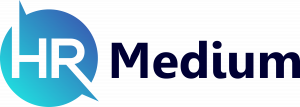People are the most important part of the business. Right? Whether customers or employees, people sell and buy products and services, and people are also responsible for their production. That is why effective HR management is one of the biggest contributors to an effective, productive, and positive workplace.
In fact, there are some top reasons why employees quit, and for all of them, HR management done right can really save the day. So, if you’re an entrepreneur, HR professional, or someone considering reducing employee turnover, here are 10 effective people management strategies that can help you.
- Effective communication
- Good relationships
- Give space
- Nurture teamwork
- Identify, reward, and appreciate
- Be human
- Don’t ignore administration
- Confront, when necessary
- Correct hire
- Better transparency
Let’s explore some of them in detail.
Effective Communication
Barking orders at your employees and your team will only lead to disgruntled and demotivated teams that don’t want to perform at their best for they really have no reason to. They just pay and do the work necessary to get it.
Communicate. Thank them publicly for a job well done and resolve any issues privately so they don’t feel isolated or uncomfortable. Have empathy and compassion for your team and observe how they can best communicate.
While some employees may need a firm and professional approach, others respond to an informal and gentler approach. To understand them, especially as an entrepreneur or HR management professional, learn about HR concepts that will help you communicate effectively and productively with each team member.
Give Space
Excellent HR management focuses on realizing the full potential of employees. When employees are offered opportunities to learn and develop their creativity, professionalism, and independence increase.
If you want to help your business grow, first educate yourself on effective HR management and then help your team continuously learn and develop. This training should ideally be held during working hours so that employees can attend at their convenience.
Nurture Teamwork
Insecurity and intimidation in the workplace do not produce good results. Your team should be encouraged to communicate openly and share ideas with team members.
Introduce the concept of brainstorming and give these team prompts to encourage them to open up and work together. A pair of heads are definitely better than one and it also significantly increases the level of creativity and efficiency of the company.
Identify, Reward, and Appreciate
Identify employees who work hard and perform well, publicly appreciate their efforts so they feel recognized, and then reward them with the right incentives to motivate them.
A good way to learn how to identify, reward, and appreciate your employees is to join a strategic HR management course that will give you the necessary skills and knowledge. Know your facts first and then apply them to real work situations.
Confront, When Necessary
When people work together, disputes arise. There may be performance degradation, or someone may inadvertently break the rule. Whatever the situation, handle it professionally, respect the employee, and listen to what they have to say. Then draw your own conclusions and resolve the issue fairly to all parties. Don’t let gossip spread in the workplace because of inaction.
HR management problems are not always easy to solve. Learn how to handle complaints and administrative tasks effectively and enjoy a positive workplace.
 








